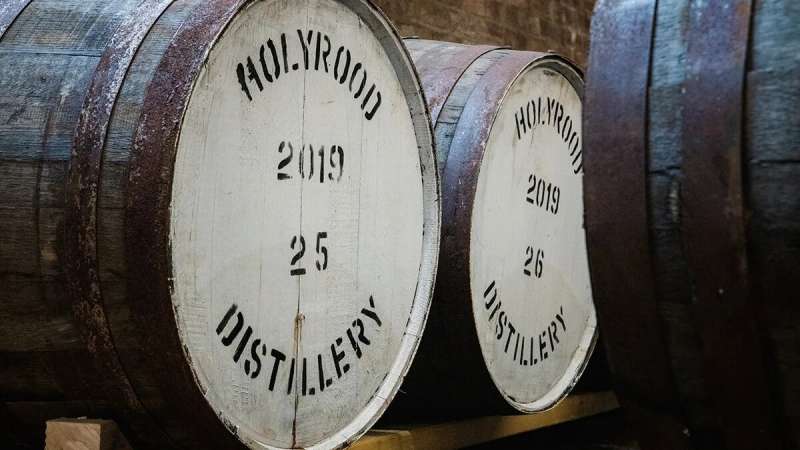This article has been reviewed according to Science X's editorial process and policies. Editors have highlighted the following attributes while ensuring the content's credibility:
fact-checked
trusted source
proofread
200-year-old barley could be the toast of modern whisky

Scotch whisky could be in for a revamp from a 200-year-old barley crop.
Experts from Heriot-Watt's International Centre for Brewing and Distilling (ICBD) are working with Holyrood Distillery in Edinburgh to find out whether old species of barley could create distinctive new whiskies.
Over the next six years, they'll test at least eight heritage barley varieties and provide the scientific evidence needed to classify the flavors and aromas they bring to a dram.
200-year-old Chevallier is one of the varieties they'll be distilling. It was the most popular barley in Britain for 100 years but fell out of favor when tax rules changed.
They'll also test Hana, which was originally grown in Czech Moravia and was used to make the first blond Pilsner lager in 1842.
Golden Promise is from the 1960s and grows predominantly on the east coast of Britain, from Angus down to Northumberland. It is best known as the barely behind the iconic Macallan bottlings from the sixties.
The team hopes that the research will create new single malts for Holyrood Distillery and increase knowledge and awareness about the positive traits of heritage barleys.
Dr. Calum Holmes from Heriot-Watt's ICBD said, "New varieties of malting barley are developed regularly to improve processability and agronomic traits, and its not uncommon to find some predominate the industry for a period of time."
However, there's increasing interest within the malting and distilling industries to explore a role for older barley varieties.
"There's hope that using these heritage varieties of barley might allow for recovery of favorable aroma characteristics into distillate and some have also displayed potential resilience to stresses that might be expected from in a changing climate."
Holmes and his team will be exploring the impact of using heritage barley varieties on malt and distillate quality.
The work will focus on the interplay between grain production and composition and the impact on distillery processing efficiency and distillate aroma volatile profile.
Marc Watson, head of spirit operations at Holyrood Distillery, said, "We're a young distillery and that means we have the freedom to experiment and be playful."
"We decided to try making some mashes and distillations with Chevallier. It was fascinating. The first thing we noticed was an oilier mouth texture, it had a great mouth feel."
"We think there are clear sensory differences with using heritage barleys, but we wanted to back it up with science."
"Luckily we have the world-famous Heriot-Watt right here in Edinburgh, and this is the second time we're working with them."
"Understanding what each heritage barley brings to the flavor, mouth feel and aroma of whisky means we can design incredible drams."
"It's using innovation to bring back characteristics that have been lost by switching to newer varieties of barley, flavors and aromas that haven't been present in whisky for decades if not longer."
Provided by Heriot-Watt University





















